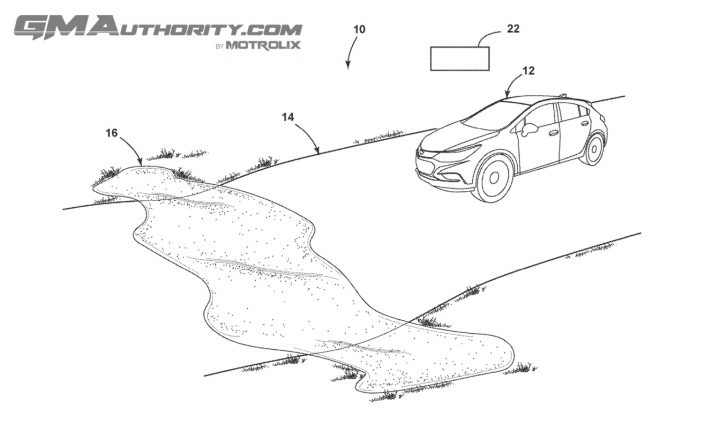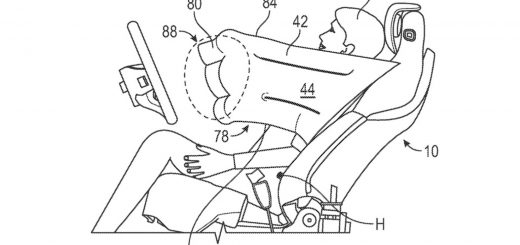As recent events no doubt illustrate, extreme meteorological events can very quickly flood a roadway, making it impassable. Now, GM has filed a patent application that describes a vehicle system that can detect flooded roads. The patent application was assigned patent number US 2024/0336273 A1 with the United States Patent and Trademark Office (USPTO) and was published on October 10th, 2024. The GM patent application was originally filed on April 5th, 2023, and lists three U.S.-based engineers as the inventors, including Alec M. Wuorinen, Christopher L. Oesterling, and Alexander Bower.
The patent application describes a system designed to help vehicles avoid getting stranded or damaged when encountering flooded roads. This system would be particularly useful during heavy rain or other meteorological events that can cause water to quickly accumulate on roadways. Flooded roadways can be particularly tricky to navigate, as murky water depth can be difficult to ascertain.
The system described in the GM patent applications uses sensors to measure the water level on the road. This is done through a water detection module, which can assess the water level through a variety of different means, including interfacing with sensors along the roadway, satellite or radar imaging systems, ultrasonic sensors, or humidity sensors. The module then compares the water level assessment with specific operating parameters of the vehicle, such as the vehicle’s ground clearance and capabilities, to determine whether the road is passable or dangerous.
If the road ahead is flooded and considered impassable, the system will generate an alert for the driver. This alert can be displayed through the vehicle’s infotainment system, prompting the driver to avoid the area. If the vehicle is already in a flooded zone, further instructions may be provided, such as rolling down windows or opening doors to prepare for evacuation.
The system can take action autonomously as well, such as slowing the vehicle down or suggesting alternative routes. In more advanced versions, the vehicle may even take over and autonomously navigate out of a dangerous situation by avoiding the flooded area.
Additionally, the system would be able to communicate with other nearby vehicles or emergency responders, sharing flood warnings and helping others to avoid potentially hazardous areas.

















No Comments yet